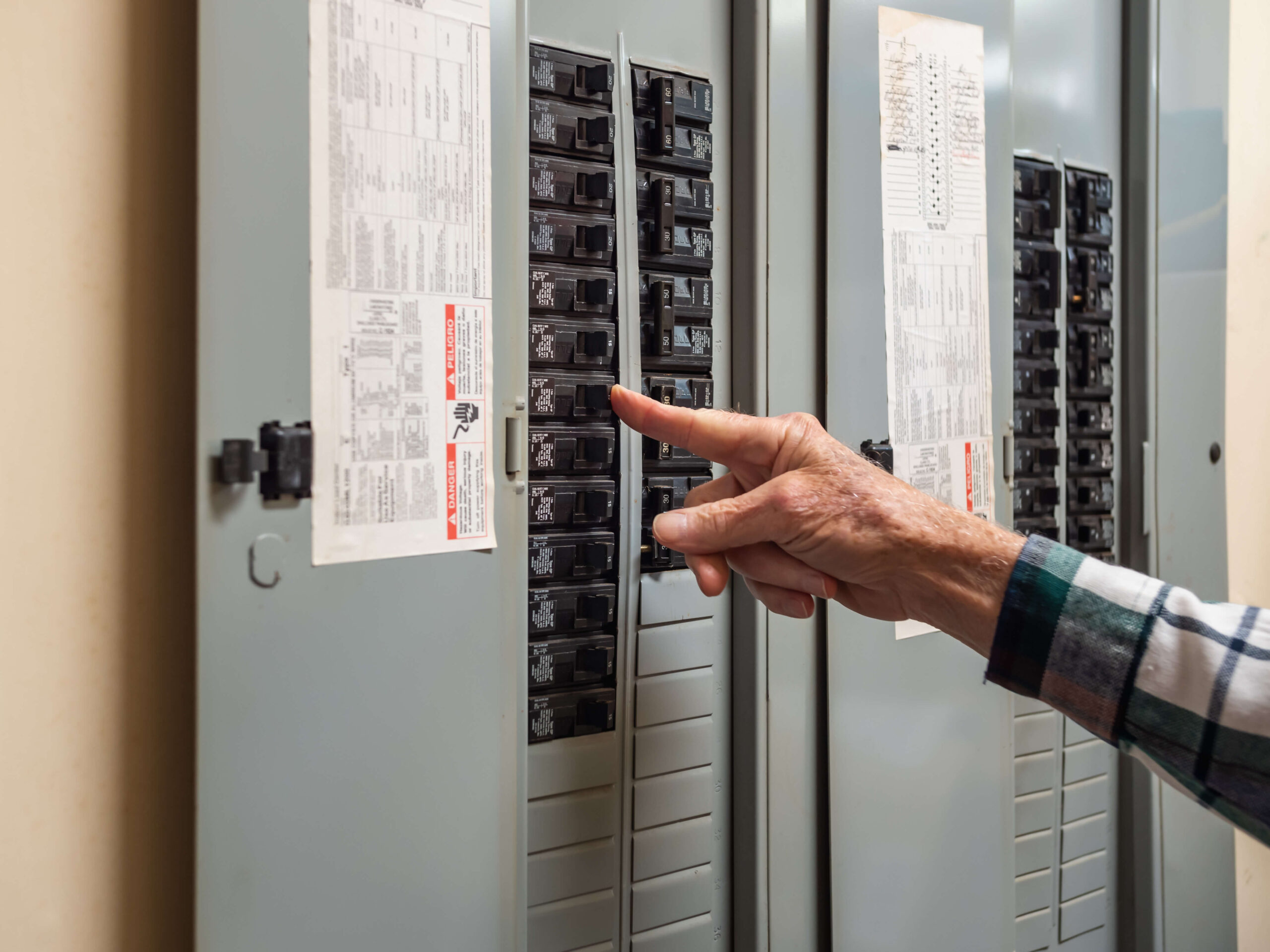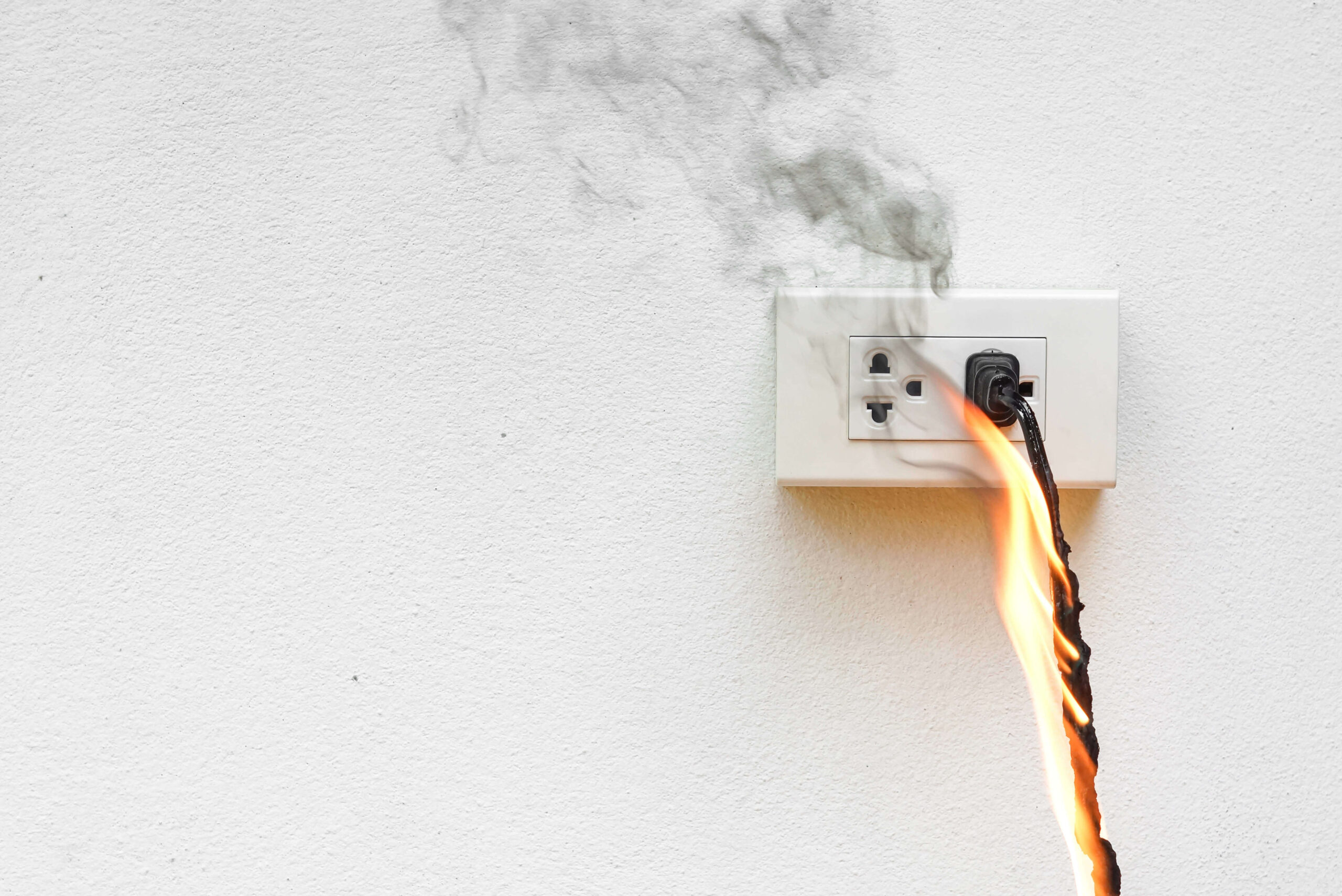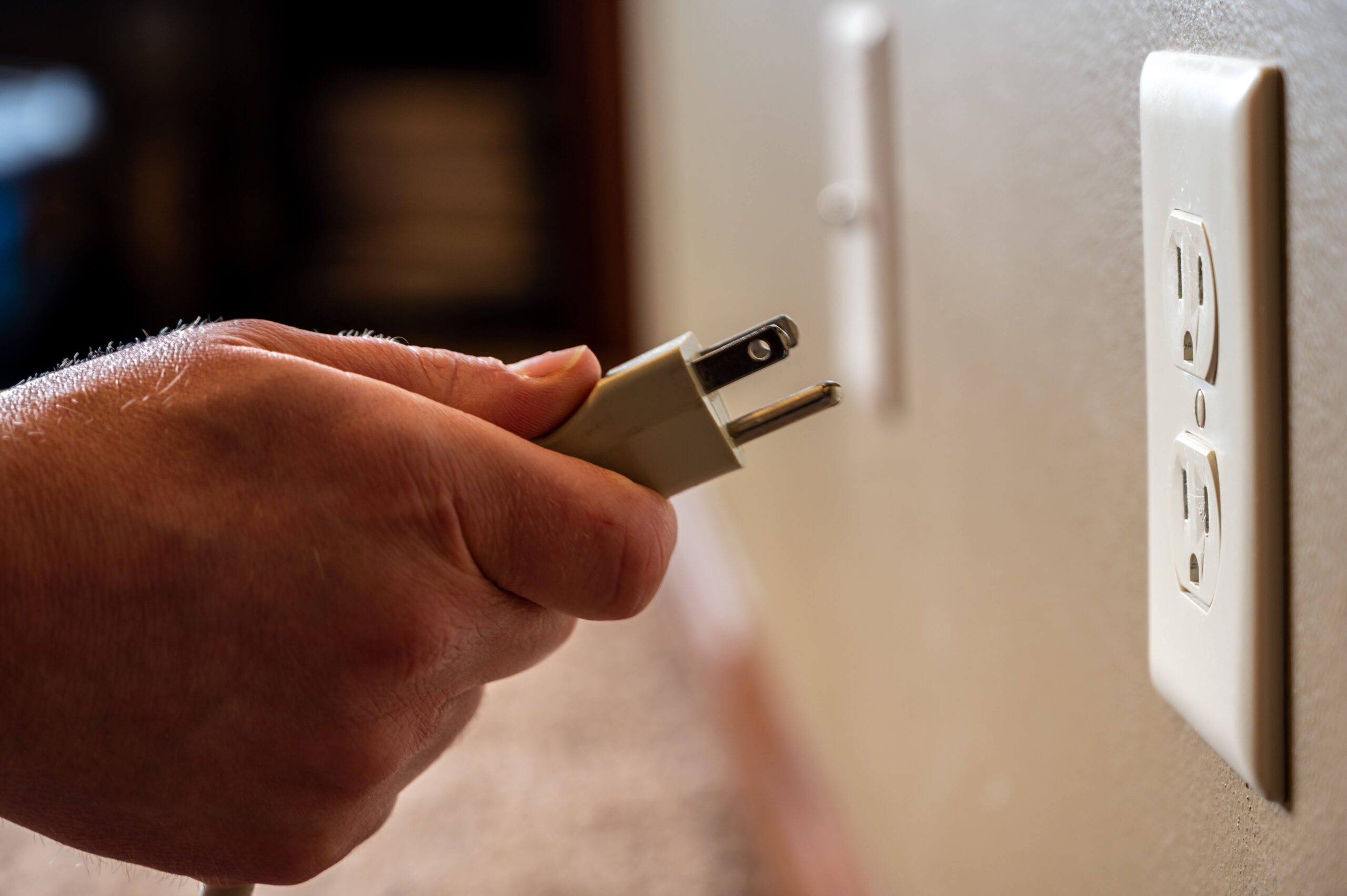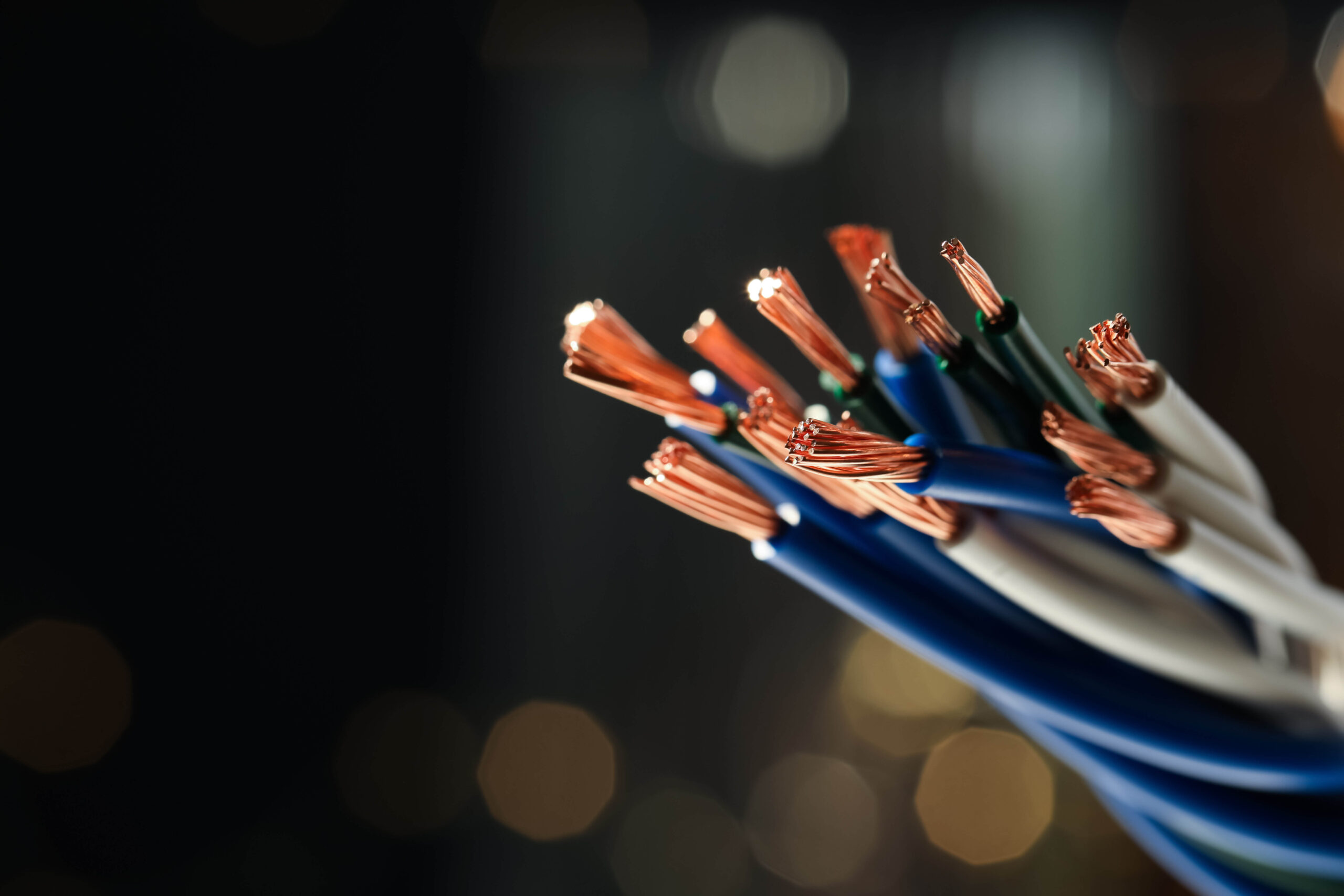Electrical receptacles, commonly known as outlets, are a ubiquitous part of our daily lives. From powering our smartphones to running essential home appliances, these devices play an integral role in delivering electricity where we need it so that we can use our devices to organize our work, school, and personal lives. However, understanding the basics of electrical receptacle safety and wiring is essential to prevent accidents and electrical fires, and ensure the smooth functioning of our electrical systems.
Read on to learn some basic facts about electrical outlets and safety.
About Electrical Receptacles
Receptacle Types
There are various types of electrical receptacles, including 15 Amp/20 Amp duplex outlets, GFCI (Ground Fault Circuit Interrupter) outlets, AFCI (Arc Fault Circuit Interrupter) outlets, dryer outlets, surge protector outlets, USB outlets, and more.
Each serves a specific purpose, providing different levels of safety and convenience.
Voltage and Amperage
Understanding the voltage and amperage requirements of different devices is crucial. Electrical outlets can carry a specific power load; when several devices and appliances are drawing from the same source, it adds to the total load of power being drawn and can risk overloading–drawing more energy than the outlet can handle. Overloading a circuit with high-demand appliances can lead to overheating and pose a fire hazard.
Grounding
Grounding is a safety feature that directs excess electricity safely to the ground, preventing shocks and reducing the risk of electrical fires. Three-pronged outlets are typically grounded, while two-pronged outlets lack this protection.
Basic Wiring Principles
Wiring Materials
Due to their conductivity, copper and aluminum are the most commonly used materials for electrical wiring. Using quality wiring materials ensures a stable and reliable electrical connection.
Circuit Breakers and Fuses
Circuit breakers and fuses protect the electrical system from overloads. They automatically cut off power when the current exceeds a safe level, preventing damage to the wiring and appliances.
Wire Gauge
Different appliances require different wire gauges. Choosing the correct gauge ensures the wire can handle the load without overheating. Larger appliances generally require thicker wires with lower gauge numbers.
Safety Practices
Professional Installation
DIY electrical projects can lead to hazards if not done correctly. If you’re in doubt or need to do more research before executing a DIY project confidently, seeking a professional is highly recommended. Electrical work carried out by licensed professionals can also be important to ensure compliance with local building codes and safety standards.
Regular Inspections
Periodic inspections of electrical outlets and wiring help identify potential issues before they escalate. Look for signs of wear, damage, or overheating, and replace faulty components promptly.
Overloading Prevention
Avoid overloading outlets by using power strips with built-in surge protection. Distribute high-demand appliances across multiple circuits to prevent overheating.
Understanding the basics of electrical receptacle safety and wiring is crucial for safeguarding our homes and workplaces. By adhering to proper installation practices, choosing the right materials, and adopting safety measures, we can enjoy the benefits of electricity without compromising our well-being. Remember, safety should always be the top priority when it comes to electrical work.




